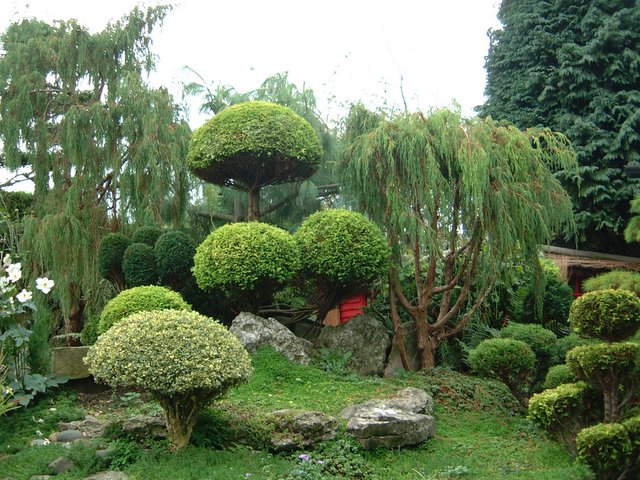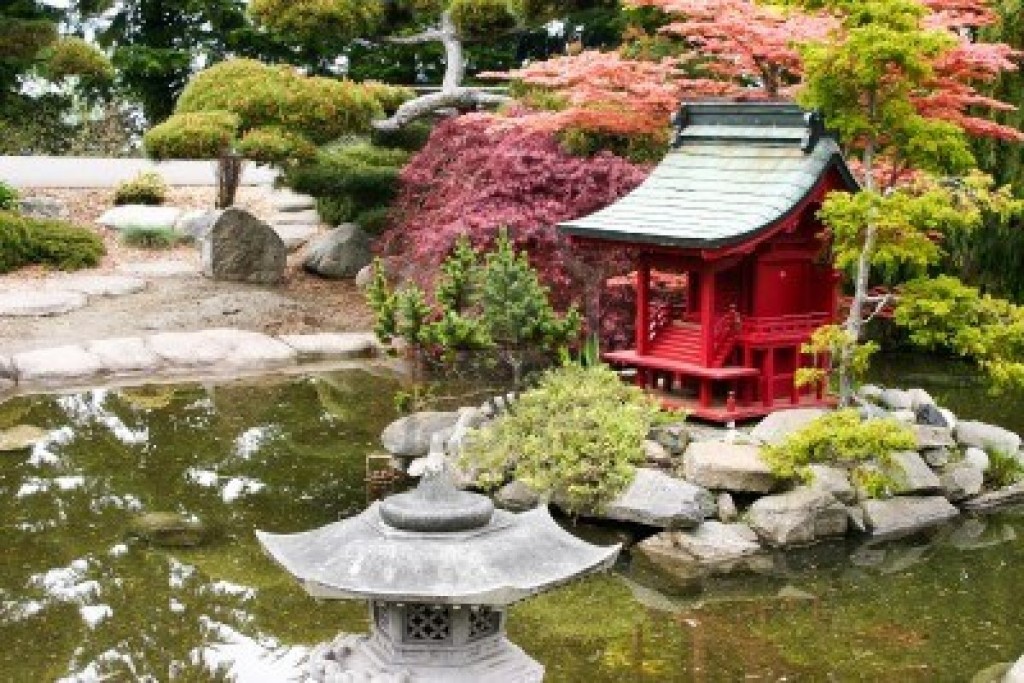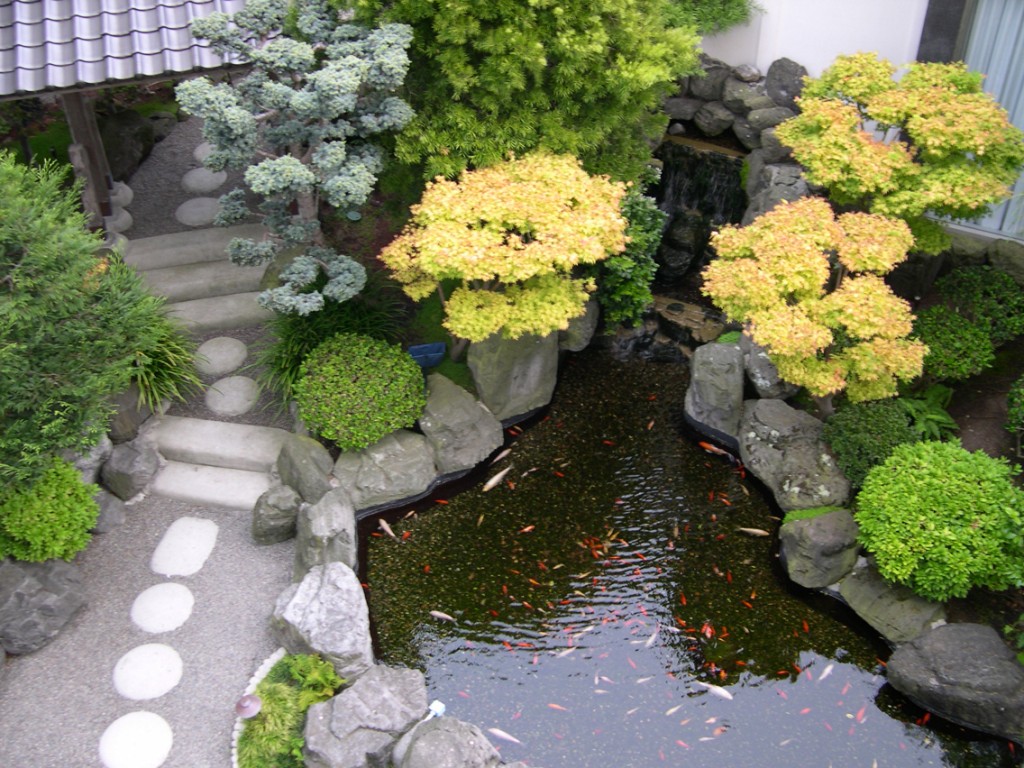Japanese gardens are some of the world’s most beautiful. They’re designed for special purposes with certain traditions being applied and most of the time, they appear as mini landscapes with clean lines. Being the zen type, they are most ideal for meditation.
The Chinese gardens had an initial influence but eventually particularly during the Edo period, Japan developed its own style using indigenous materials and by applying their own culture.
Contrary to what some people believe, it’s not all the time that a Japanese garden involves rock and water. There are some designs that feature only sand or simply a grass covered area with trees around.
The basic elements of this type of zen garden are plants, rocks and water.
Plants

Green plants are a major feature of a Japanese garden. These include small plants with spreading branches, bushes, conifers and bonsai trees. Other common plants being used are the chartreuse, green hostas and hakone grass.
It should be noted, however, that different shades of green and plant textures can be combined to create an attractive garden.
For soil covering, moss is a common choice. Moss grows best in moist and shady areas but since they can easily be damaged with foot traffic, it is advised to place stones to serve as steppers.
Plants and trees can also be used in a vignette style such that the garden creates a mystery inviting visitors to explore it further while there.
Rocks and Stones

Rocks and stones are a popular feature in Japanese gardens. Normally, they are used for aesthetic purposes.
The stone lantern in the shape of a pagoda is a popular structure in any Japanese garden. Its roof normally shows a similarity to a teahouse or covered gate entries.
In some instances, though, they serve a special purpose. One example is when they are used as stepping stones for people to be able to get to a tea house in an artificial island.
Another function of these rocks when placed on the shores of artificial islands is to prevent soil erosion.
Water

A small pond or pool is usually present in a large Japanese garden surrounded by grass, a pagoda and moss-covered rocks. It may or may not have goldfish and koi.
Some even feature a small island within it with a bridge as well to create a more secluded area. A bamboo fountain is another alternative.
The presence of water in a zen garden promotes peace and relaxation to any visitor. The sight and sound of moving water
particularly from waterfalls usually provide a soothing feeling.
A great addition to a large garden is a private pavilion or a teahouse. This can be made from wood or bamboo and can serve as a place to entertain guests or simply enjoy the serenity of the place.